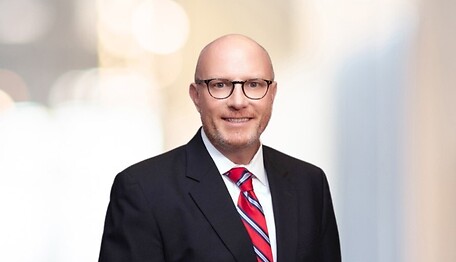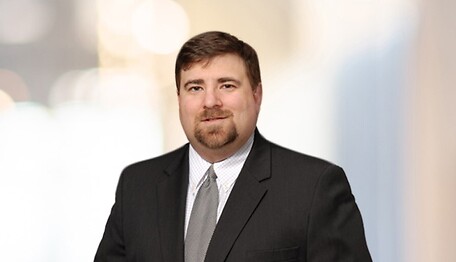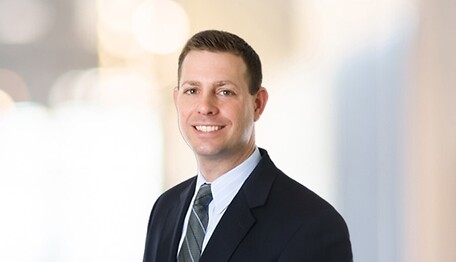White and Williams Team Persuades the PA Supreme Court to Recognize Claim for Aiding and Abetting Fraud
White and Williams attorneys: Edward Koch, Chair of the firm’s Appellate Practice Group, Marc Penchansky, Thomas Fiddler and Justin Proper, represented their colleague and court-appointed receiver, David Marion, in a matter before the Pennsylvania Supreme Court that decided whether Pennsylvania will recognize a tort for aiding and abetting fraud and, if it did, what level of knowledge must a defendant possess to be found liable for the tort. In Marion v. Bryn Mawr Tr. Co., No. 72 MAP 2021, 2023 Pa. LEXIS 57 (Jan. 19, 2023), the Supreme Court held that Pennsylvania does recognize a cause of action for aiding and abetting and that a defendant must have actual knowledge of the fraud to be held liable for aiding and abetting. The Supreme Court further found that actual knowledge can be proven by circumstantial evidence including evidence of willful blindness and intentional ignorance. With this holding, Marion will be able to continue his successful efforts to make the victims of a largescale fraud whole.
I. BACKGROUND
This case involves the efforts of David Marion, a federal-court-appointed receiver, to recover the losses sustained by victims of a Ponzi scheme. Through his companies, Robert Bentley defrauded investors and caused millions of dollars of losses. In the final years of his fraudulent operation, Bentley used Bryn Mawr Trust Company’s deposit and wire-transfer accounts in order to facilitate the continuation of his fraudulent operations. When the fraudulent scheme was discovered, the federal court in Philadelphia appointed Marion as receiver and tasked him with marshalling the assets and repaying Bentley’s victims. As part of his responsibilities and with the approval of the federal court and the Securities and Exchange Commission, Marion sued Bryn Mawr looking to recoup a significant part of the victims’ losses.
Prior to trial, the trial court held that Pennsylvania did not recognize a tort for aiding and abetting fraud. It therefore entered summary judgment dismissing that claim. At trial, the jury returned a verdict in favor of the defendant, Bryn Mawr.
On appeal to the Pennsylvania Superior Court, that Court vacated the judgment finding that the verdict was likely the result of prejudicial evidence that should have been excluded from trial. It also overturned the trial court’s order dismissing the claim of aiding and abetting fraud, ruling that Pennsylvania has long recognized such a tort. It further held that a defendant could be liable for that tort if the defendant “knew or should have known” of the underlying fraud but instead exhibited intentional ignorance.
II. SUPREME COURT PROCEEDINGS
In deciding to review the Superior Court’s decision, the Supreme Court agreed to consider only whether Pennsylvania recognized a tort of aiding and abetting fraud and whether the Superior Court had required the appropriate level of knowledge to support such a claim. In reaching its holding, the Supreme Court surveyed the state of this tort in Pennsylvania and other jurisdictions. It recognized that it had previously “implied” recognition of the tort in Skipworth v. Lead Indus. Ass’n, 690 A.2d 169 (Pa. 1997). Furthermore, both of Pennsylvania’s intermediate appellate courts had long recognized such a tort. It cited to several sister states that also recognize the tort and that such a tort was recognized by the drafters of the American Law Institute’s Restatement of the Law of Torts.
The Supreme Court also concluded that recognition of this tort would help deter secondary actors from contributing to fraudulent activities and also help to compensate victims of fraud. The Supreme Court also found exaggerated Bryn Mawr’s contention that innocent actors would be unfairly found to have aided in the fraud.
The Supreme Court further held that to find a defendant liable for aiding and abetting, the plaintiff must show that the defendant had actual knowledge of the fraud. The Supreme Court reasoned that this standard struck the right balance; a plaintiff can still show actual knowledge through circumstantial evidence, including evidence that the defendant intentionally ignored the actions of the fraudster. However, the higher standard also shields potential defendants from the costs of excessive litigation and liability that might result from too low a standard.
III. CONCLUSION
This case provides an important clarification of Pennsylvania law. By explicitly recognizing such a tort and setting the standards for proving it, entities involved in complex commercial transactions (e.g., banks, law firms, and brokerages) will have a better understanding of their potential for liability when clients act fraudulently, while still providing a viable cause of action for victims to seek compensation from those who helped those committing the fraud to accomplish their unlawful objectives.
PRACTICE AREAS
Practice Areas
KEY ATTORNEYS
-
Partner
-
Partner
-
Senior Counsel
-
Partner
-
Partner





